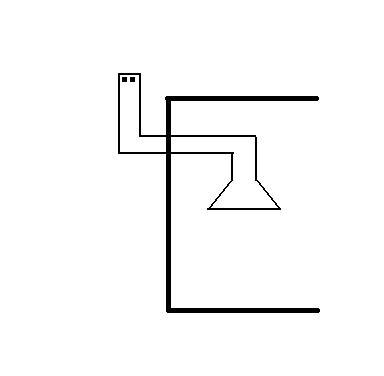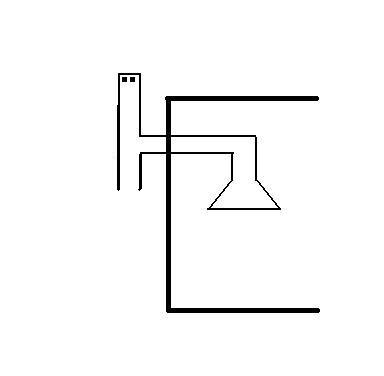Hello. Let me explain the situation: the hood above the induction hob is connected with a 100mm pipe, which is led outside the building - then something like a chimney is made, i.e. the aforementioned pipe comes out of the building, then there is an elbow and the pipe goes further up some 40cm ( it is L-shaped). It is all finished with a "hat" with holes. My problem is that I don't know if this is the correct connection because I get cold air from the outside into the apartment. Is there any way to remedy this?





